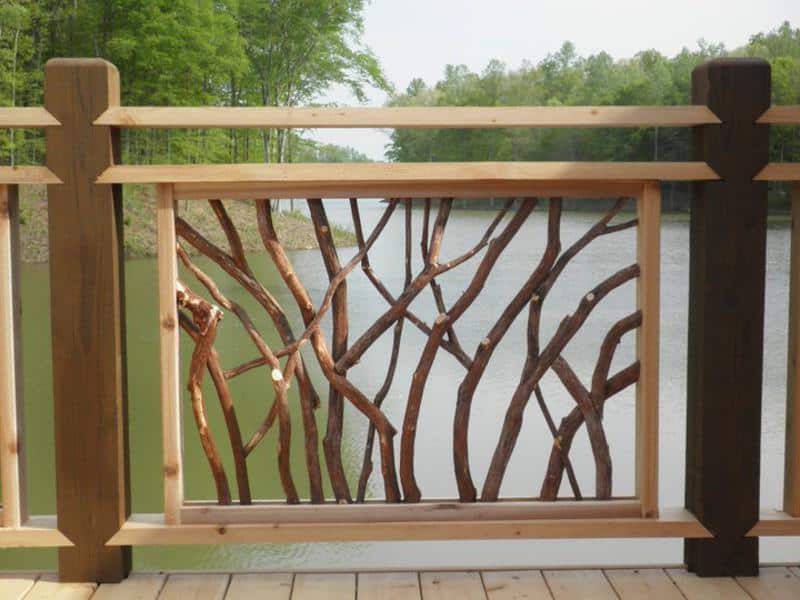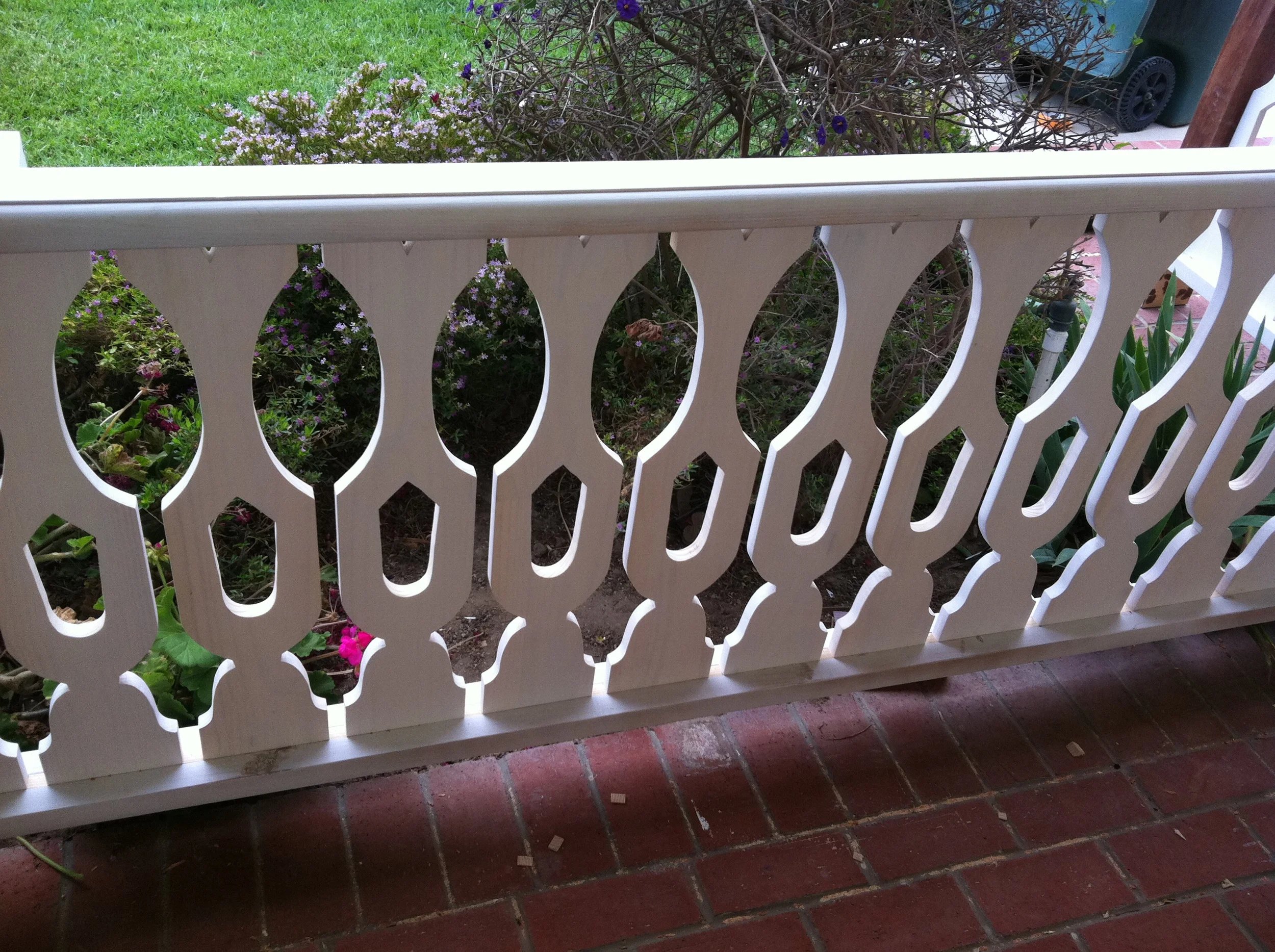Welcome to our complete guide on decorative wood railings! Whether you’re a seasoned home renovator or a first-time DIYer, adding decorative wood railings to your home can transform your spaces and enhance their beauty. With my years of experience in home design, I’ve seen firsthand the magic that the right railing can bring to a home. In this article, we’ll delve into everything you need to know about decorative wood railings, from styles and materials to installation and maintenance. So, grab a cup of coffee, and let’s get started!
Why Choose Decorative Wood Railings?
Decorative wood railings are not just functional; they add character and charm to any space. Here are some reasons why you should consider them:
- Aesthetic Appeal: Wood offers a warmth that other materials can’t match.
- Versatile Styles: From traditional to modern, there’s a wood railing style for every home.
- Customizable: Wood can be stained, painted, or left natural to fit your design preferences.
Types of Decorative Wood Railings
When it comes to decorative wood railings, the options can seem endless. Below, we break down some popular types:
1. Baluster Railings
Baluster railings are a classic choice, featuring vertical posts that support the railing. They can be simple or intricately designed.
2. Horizontal Railings
These railings feature horizontal slats and can lend a contemporary feel to your space. They work well in modern homes and outdoor decks.
3. Panel Railings
Panel railings are solid and provide a more substantial barrier, often used in both interior and exterior applications.
4. Glass and Wood Combinations
Combining wood with glass elements can create a sleek, modern look while maintaining the warmth of wood.
Choosing the Right Wood for Your Railings
Different types of wood offer various aesthetic and functional benefits. Here’s a comparison of popular wood types:

| Wood Type | Durability | Cost | Appearance |
|---|---|---|---|
| Redwood | High | High | Rich red color |
| Cedar | Medium | Medium | Warm brown color |
| Pine | Low | Low | Light yellow to white |
| Mahogany | High | High | Deep reddish-brown |
Installation of Decorative Wood Railings
Installing decorative wood railings can be a fulfilling DIY project. Here’s a step-by-step guide to help you get started:

Tools and Materials You Will Need
- Wood rails and balusters
- Post anchors
- Wood screws
- Level
- Drill
- Saw
- Sandpaper
- Paint or stain
Step-by-Step Installation
- Measure Your Space: Determine where the railings will be placed and measure the length.
- Cut the Wood: Based on your measurements, cut the wood to size.
- Prepare the Posts: Install the post anchors in the ground or on the deck.
- Attach the Rails: Secure the rails to the posts using screws, ensuring they are level and secure.
- Add the Balusters: Space the balusters evenly and attach them.
- Finish: Sand any rough edges and apply the desired paint or stain.

Maintenance of Decorative Wood Railings
To keep your wood railings looking their best, regular maintenance is essential. Here are some tips:
Regular Cleaning
Use a mild soap solution to gently clean the wood surfaces. Avoid harsh chemicals that could damage the finish.
Inspect for Damage
Regularly check for signs of wear, such as cracks or splintering. Addressing these issues early can prevent more extensive damage.

Repainting or Resealing
Depending on your finish, you may need to repaint or reseal the railings every few years to maintain their beauty and protect them from the elements.
Pros and Cons of Decorative Wood Railings
Like any home feature, decorative wood railings come with their own set of advantages and disadvantages. Here’s a breakdown:

Pros
- Natural Beauty: Wood provides an organic look that complements many architectural styles.
- Versatility: Available in various styles and finishes, wood railings can suit any décor.
- Customizable: Easily modified to fit personal preferences.
Cons
- Maintenance: Wood requires regular upkeep to prevent damage from weather and wear.
- Cost: Depending on the type of wood, costs can be higher than other materials.
- Sustainability: Sourcing can impact the environment, so it is important to choose sustainable options.

FAQs About Decorative Wood Railings
1. What is the best wood for outdoor railings?
Redwood and cedar are two of the best options for outdoor railings due to their natural resistance to decay and insects.
2. How often should I repaint my wood railings?
Typically, repainting or resealing every 3-5 years is advisable to maintain protection against the elements.
3. Are decorative wood railings safe for children?
Yes, as long as they are installed correctly and regularly maintained to ensure they remain sturdy and secure.
4. Can I paint my wood railings?
Absolutely! Painting can provide a fresh look and additional protection. Just make sure to use exterior-grade paint suitable for wood surfaces.
5. How do I prevent my wood railings from rotting?
Regular maintenance, including sealing and inspecting for damage, can help prevent rot. Always ensure proper drainage around the base of the railings.
Conclusion
In conclusion, decorative wood railings can significantly enhance the beauty and functionality of your home. With various styles and wood options available, you can find the perfect fit for your space. By understanding the installation process and maintenance requirements, you can ensure your railings remain stunning for years to come. Don’t hesitate to get creative and make your home reflect your unique style with decorative wood railings!